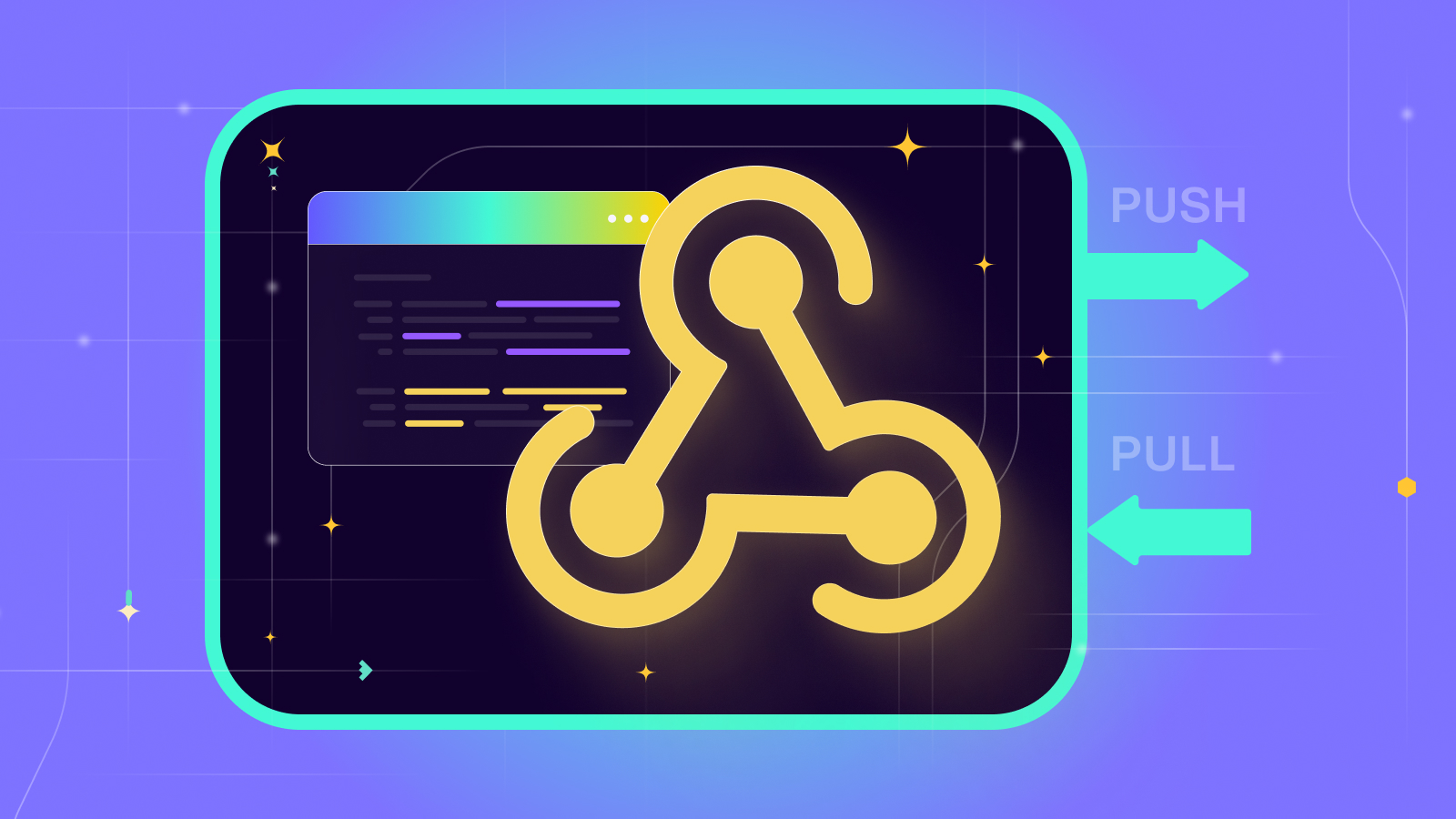Message Queues and Message Brokers: Differences
 Contents
Contents
In modern distributed computing systems, messaging has become an essential way of enabling different applications and systems to communicate with each other in a microservice architecture. Message queues and message brokers are two popular technologies used in messaging systems, but many people confuse or use the two terms interchangeably. In this article, we will explore the key differences between message queues and message brokers and provide an understanding of when and why you would use one technology over the other. Additionally, the article will clarify whether it’s possible to use message queues and message brokers together for communication between software applications. By the end of this article, you will better understand what message brokers and message queues are alongside their differences.
Let’s get started!
Overview of Message Queues and Message Brokers
Message queues and message brokers are two types of middleware that facilitate communication between distributed applications. Message queues are a mechanism for sending and receiving messages asynchronously. They provide a way to decouple the sending and receiving applications, so each can operate independently. Message brokers, on the other hand, act as an intermediary between the sender and receiver. They manage the routing and delivery of messages as well as provide additional features such as transformation and enrichment.
What is a Message Queue?
A message queue is a popular messaging pattern used in distributed systems. It is a mechanism that enables different software components or systems to communicate and exchange data asynchronously.
It operates by allowing producers to send messages to a queue, which consumers then retrieve in a FIFO (first-in, first-out) order. This allows applications to send and receive messages or data without requiring both applications to be active and available at the same time. Instead, messages are stored in a queue until the receiving application is ready to process them.
In a message queue, messages are sent by the sending application and stored in a queue until they are retrieved by the receiving application. This decoupling of the sending and receiving applications allows for greater flexibility, scalability, and fault tolerance in software systems.
Features of Message Queues
- Asynchronous communication: Message queues use asynchronous communication that allows messages to be stored in a queue until they can be processed.
- Simple and lightweight: They are designed to be simple and lightweight, with a focus on reliable delivery.
- Simple routing: They typically offer simple message routing based on queues, with messages delivered to the next available consumer.
- Message persistence: Messages can be stored in a queue until they are consumed, allowing for reliable message delivery even in the event of system failures.
- Message ordering: Message queues can ensure that messages are processed in the order they were received, which can be important in certain use cases.
- Message filtering: Message queues can filter messages based on their content, enabling the selective processing of messages by consumers.
What is a Message Broker?
A message broker is an intermediary service between producers and consumers that acts as a communication hub between different systems or components. It is responsible for routing messages from senders to receivers as well as transforming and filtering messages based on rules and criteria.
Message brokers are middleware systems that aid the exchange of messages between different systems or applications.
In a message-oriented architecture, a message broker plays a crucial role in enabling different applications to communicate with each other in a reliable and scalable manner. The broker typically provides a publish-subscribe model, where senders publish messages to one or more topics or channels, and receivers subscribe to receive messages from specific topics or channels.
The message broker can also perform additional functions such as message transformation, protocol translation, and load balancing.
Features of Message Brokers
- Suitable for enterprise applications: Message brokers are designed for more complex messaging scenarios and are often used in enterprise environments.
- Messaging patterns: Message brokers use messaging patterns such as publish/subscribe and request/reply.
- Message routing: Message brokers can route messages to different destinations based on their content or metadata, allowing messages to be routed to specific destinations based on rules or message content
- Message transformation: Message brokers transform messages between different formats or protocols, allowing disparate systems to communicate easily.
- Load balancing: Message brokers can distribute messages across multiple consumers to balance the workload and prevent overload.
- Fault tolerance: Message brokers can provide high availability and fault tolerance by replicating messages and providing automatic failover.
- Other features: Message brokers include features such as message transformation, message enrichment, and message filtering.
Tabular Comparison of the Differences Between Message Queues and Message Brokers
In earlier article, we compared the top popular message brokers, we compared different factors such as scalability, performance, architecture, and their pros, and cons, among other factors.
In this section, you will learn about the differences between the message queue and message brokers.
|
Features |
Message Queue |
Message Broker |
|
Functionality |
Message queues store and order messages until the consuming applications can use them. These messages are usually stored in a FIFO order. | Facilitates and ensures seamless asynchronous communication between services, programs, and systems. |
|
Scalability |
Horizontal scaling is achievable by adding more instances of the message queue. |
Horizontal scaling is achievable by adding more instances of the message broker. |
|
Load Balancing |
Can balance load by evenly distributing messages among instances. |
Can balance load by routing messages to instances with the lightest load. |
|
Message Transformation |
Limited to simple message transformation. |
Allows for complex message transformation and filtering. |
|
Routing |
Limited routing capabilities as messages are sent to a single queue. |
Advanced routing capabilities with the use of exchanges to direct messages to one or more queues. |
|
Complexity |
Simple to use and implement. |
More complex to use and implement due to additional functionality. |
| Examples of use cases |
Asynchronous communication, decoupling of services, and microservice architecture. |
IoT devices, financial services, complex event processing, and service-oriented architecture. |
|
Roles |
Serves as a buffer for the temporal storage of messages until they are needed by the consumer. |
Manages the transportation and translation of messages from one microservice to another. |
|
Asynchronous communication |
✔️ |
✔️ |
|
Guaranteed delivery |
✔️ |
✔️ |
|
Decoupling of applications |
✔️ |
✔️ |
|
Message routing |
✔️ |
✔️ |
| Message transportation | Allows the transport of data from system queues to pipelines. |
Enables message transportation through routing messages between different applications and services. |

Choosing Between Message Queues and Message Brokers
Message queues offer applications a method to transfer information to the queue. The message broker receives the information from the sender, converts it between various messaging protocols, as necessary, and transmits the message to the appropriate recipient.
Some Industries or Use Cases Where Message Queues Are Commonly Used Include
- Financial services for processing trades and transactions
- E-commerce for order processing and inventory management
- Healthcare for patient data management and clinical workflows
- Email communication
- Updating the status of files
- Sending real-time data to other services and programs
Some Industries or Use Cases Where Message Brokers Are Commonly Used Include
- IoT for sensor data collection and analysis
- Telecommunications for message routing and mediation
- Logistics for supply chain management and tracking
- Need to scale down or up communications during peak hours.
Common Message Queue and Broker Technologies
There are several famous message queue and broker technologies available, including
- Memphis.dev: Memphis.dev is an open-source, next-generation alternative to traditional message brokers.
- Apache Kafka: A high-throughput, distributed message broker that is commonly used for streaming data and event processing.
- RabbitMQ: RabbitMQ is a lightweight, open-source, easy-to-deploy message broker software written in Erlang.
- Amazon Simple Queue Service (SQS): A fully managed message queue service that is available on the Amazon Web Services (AWS) cloud platform.
Each of these technologies has its strengths and weaknesses, and the choice of technology will depend on the specific use case.
Best Practices for Using Message Queues and Brokers
When using message queues and brokers, several best practices should be followed:
- Define clear message formats and schemas to ensure interoperability between producers and consumers.
- Use message batching and compression to reduce network overhead and improve message throughput.
- Implement monitoring and alerting to detect and respond to performance issues and system failures.
- Implement message replay and dead-letter queues to handle failed or unprocessed messages.
Conclusion
Message brokers utilize message queues to send information to all concerned parties. In essence, the message queue is a system that preserves the generated data until it is used, while the message broker is a software element that controls the message queues.
If your use case requires powerful and modern message broker, you should try Memphis.dev.


